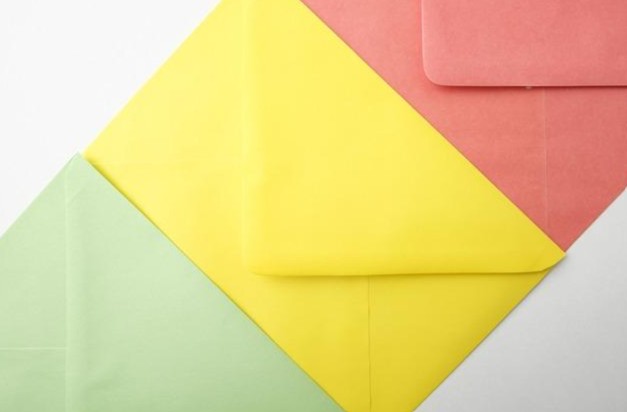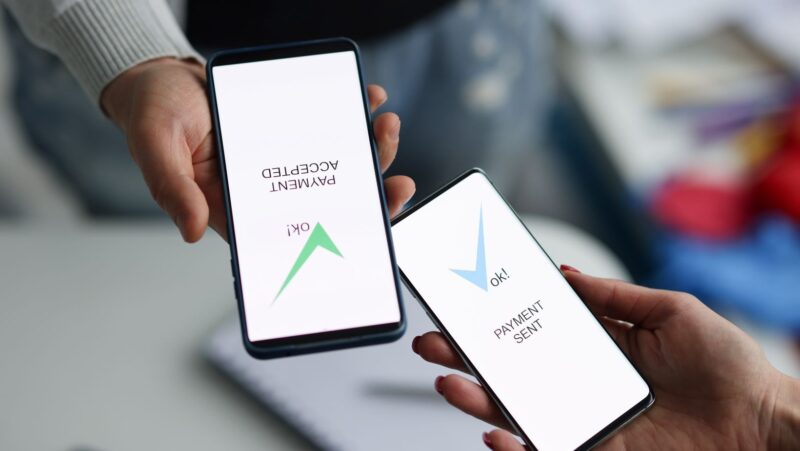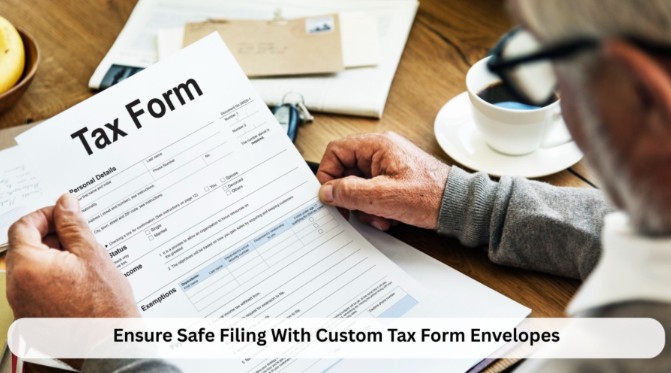
Building a compelling brand identity is a top concern for any tax preparer. Whether you’re a day-old startup or an established corporation, the overarching goal is to gain a dominant foothold in the market.
Ordinarily, that would require investing millions into brand awareness campaigns.
But what if there was a way to elevate your tax preparation company’s brand appeal without paying through the nose?
Well, it turns out there is. All you need is to upgrade from regular to customized tax form envelopes. Here’s a guide to custom income tax envelopes and how they can transform your tax business’s fortunes.
What Is A Tax Form Envelope?
A tax form envelope is precisely what the name implies – a special envelope designed for mailing completed income tax forms.
Tax form envelopes are a fundamental requirement for any tax preparer. They provide a timely and secure way to mail essential tax-related documents, ensuring your customers don’t miss critical IRS deadlines.
For smart tax preparers, using tax envelopes is also an exciting way to stimulate brand engagement. You can incorporate your company’s name and logo to widen your business’s reach.
And while they traditionally streamline correspondences between tax preparers and their clients, tax envelopes may also be mailed directly to the IRS.
What Is A Custom Tax Envelope?
Tax envelopes come in numerous sizes and paper thicknesses. You can also pick from diverse color schemes and finishes.
A custom tax envelope is designed to feature your company’s unique branding elements. They’re a low-cost, yet effective way to generate interest in your business.
Custom tax form envelopes also let you stand out from the crowd. Each branding information point backs to your tax preparation business, giving your company a critical visual edge over your competitors.
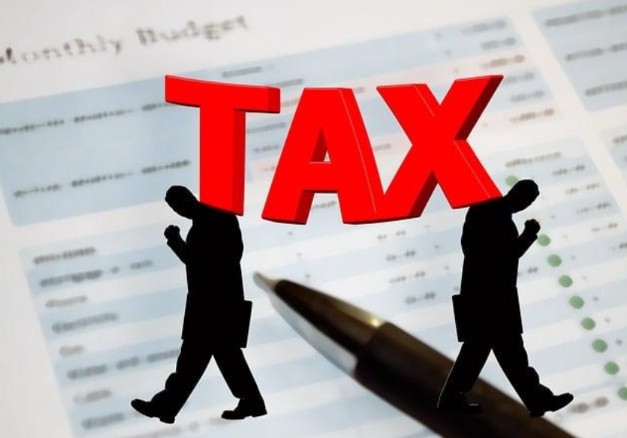
How to Customize Tax Envelopes
The traditional way to customize a tax envelope is by adding your organization’s name, logo, and contact information. This information can reinforce your brand’s appeal to the recipient, converting them from occasional customers to repeat clients.
But that’s only the beginning of a lifelong marketing campaign.
Personalized tax envelopes can broadcast your services for years, depending on the durability of the materials they’re made from. Anyone who comes into contact with your company’s logo may want to know more about your tax preparation business.
Other ways to customize tax form envelopes include;
- Choosing envelopes in your company’s branding colors
- Using brand-specific fonts
- Adding a unique tagline to each envelope
- Pre-printing the envelopes with a return address
- Insisting on high-quality paper for extended durability
- Incorporating security features
Tips To Enhance the Safety of Your Tax Form Envelopes
- Choose High-Quality Paper
Many tax preparers believe that choosing a higher-GSM (grams per square meter) tax envelope paper has everything to do with durability. However, a thicker paper can also boost the security of the enclosed documents.
70 – 90 GSM is the common thickness rating for standard tax envelopes. But to ensure the envelope withstands the test of time, consider 110 – 130 GSM or higher.
- Insist On Tamper-evident Seals
Tamper-evident seals leave visible markings if someone attempts to access your clients’ tax return forms. They provide irrefutable evidence that an envelope’s contents have been tampered with.
Traditionally, a mail recipient would notice a conspicuous “VOID” message on a compromised envelope. Other envelopes utilize a special adhesive seal that destroys itself, preventing someone from resealing the envelope without leaving solid proof of tampering.
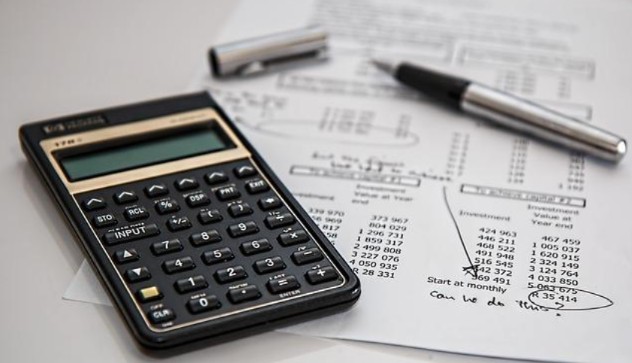
- Use Opaque Materials
Tax return forms are highly confidential documents and must be treated as such. Opaque envelopes obscure the contents, preventing unauthorized access to your clients’ sensitive tax information.
Tinted envelopes notably deter people who may want to peek through to get a glimpse of the content. They ensure the enclosed documents are accessible only by ripping the envelope apart, which would be more obvious evidence of tampering.
- Integrate Barcodes
Barcodes on a tax form envelope can contain different types of information, such as your company’s mailer ID and the carrier route. They may also include unique serial numbers, which help to track each envelope to validate its integrity through the mailing system.
By simply scanning the codes, you can pinpoint your clients’ tax forms and detect unauthorized movements in real-time. Barcodes are especially useful in preventing counterfeit or loss.
- Get More Sophisticated With UV-Sensitive Ink
Some envelopes have concealed security features that only become apparent under exposure to ultraviolet (UV) light. In other words, someone would need to open the envelope and access the contents before leaving their trail on the UV ink.
More intriguing is that the ink remains hidden to the naked eye. Therefore, someone who accesses your clients’ tax reforms may carefully reseal the documents, believing they beat the system.
But evidence of tampering will instantly show when the contents are exposed to UV rays. This security feature is also incredibly difficult to replicate.
The Bottom Line
The word “custom” can have different connotations depending on who you ask. To many tax preparers, a customized envelope is essentially one printed with the company’s branding information.
But visual elements alone may not help to fully personalize your income tax envelopes. For maximum effects, incorporate key security features like tamper-evident seals and unique barcodes.
This communicates your efforts in safeguarding the confidentiality of your clients’ documents, and can help endear more customers to your brand. Remember to also use high-quality paper for all your tax return envelopes. It helps prolong the envelopes’ lifespan, providing a lifetime advertising opportunity.

